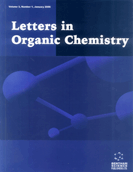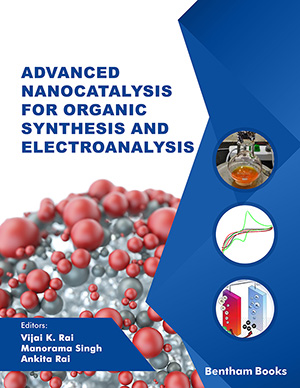Abstract
Cytochrome P450 3A4, the most abundant form of isoenzyme, in combination with several other isoforms, metabolizes lignocaine into mono-ethylglycine xylidide (MEGX) and glycylxylidide (GX), through N-dealkylation, ring hydroxylation, amide cleavage, and conjugation process which contribute the toxic effects. Inspiring by the rationality, functional approaches, and predictable facts lay by the emerging research groups, we were unquestionably fascinated by the rational development of novel lignocaine and etidocaine compounds, which are highly metabolically stable by applying non-classical bioisosteric principles. Distinctively, we have investigated the efficacy of 1,4- disubstituted-1,2,3-triazoles as metabolically stable trans-amide bond mimics. The 1,2,3- triazoles have been described in the literature as amide bond bioisosteres, which are analogous in stipulations of size, planarity, hydrogen bonding properties, and dipole moment. The systematic replacement of the single amide bonds by the 1,2,3-triazole heterocycle in the backbone of the peptide, often termed a “triazole scan,” provided several stabilized analogs with marked improved in-vivo local anesthetic properties. The analogs were synthesized using azide-alkyne cycloaddition. The 2a-b was coupled with aromatic and aliphatic alkynes using click chemistry in the presence of copper sulfate pentahydrate and L-sodium ascorbate in a Fritsch ball mill under solvent-free conditions at 300 rpm, furnishing the conjugates 4a-n in 80- 85% yields. The study perceptively opened new avenues of systematic replacement of the single amide bonds by the 1,2,3-triazole heterocycle in the backbone of the peptide, thereby providing several stabilized analogs with marked improved in-vivo local anesthetic properties. The best active candidates 4a, 4b and 4g produced analogous local anesthetic activity with that of the lignocaine.
Keywords: Lignocaine, etidocaine, 3-triazoles, metabolism, analogous, amide bonds.
[http://dx.doi.org/10.2344/0003-3006-59.2.90] [PMID: 22822998]
[http://dx.doi.org/10.1016/j.jdent.2008.10.005] [PMID: 19058888]
[http://dx.doi.org/10.1016/j.asj.2004.05.001] [PMID: 19336170]
[http://dx.doi.org/10.1002/cpt1978246654] [PMID: 710024]
[PMID: 2262908]
[http://dx.doi.org/10.1038/clpt.1989.180] [PMID: 2582709]
[http://dx.doi.org/10.5313/wja.v4.i2.17]
[http://dx.doi.org/10.1038/s41467-017-02448-6] [PMID: 29295977]
[http://dx.doi.org/10.1097/ALN.0000000000001050] [PMID: 26859646]
[http://dx.doi.org/10.1097/ALN.0000000000001152] [PMID: 27176211]
[http://dx.doi.org/10.4196/kjpp.2018.22.3.331] [PMID: 29719455]
[http://dx.doi.org/10.1038/s42003-018-0062-2] [PMID: 30271936]
[http://dx.doi.org/10.1371/journal.pone.0174421] [PMID: 28334014]
[http://dx.doi.org/10.1139/cjpp-2017-0331] [PMID: 28886259]
[http://dx.doi.org/10.1016/j.ejps.2017.05.039] [PMID: 28529036]
[http://dx.doi.org/10.1097/01.anes.0000270758.77314.b4] [PMID: 17667576]
[http://dx.doi.org/10.1097/ALN.0b013e3181a915e7] [PMID: 19512868]
[http://dx.doi.org/10.2174/2212796814999200807214519]
[http://dx.doi.org/10.1016/j.bioorg.2019.102939] [PMID: 31028993]
[http://dx.doi.org/10.1021/acsomega.9b01724] [PMID: 31656896]
[http://dx.doi.org/10.1021/acs.chemrestox.9b00392] [PMID: 31849220]
[http://dx.doi.org/10.1016/j.lfs.2019.05.004] [PMID: 31059688]
[http://dx.doi.org/10.1039/C9RA00476A] [PMID: 35518493]


























